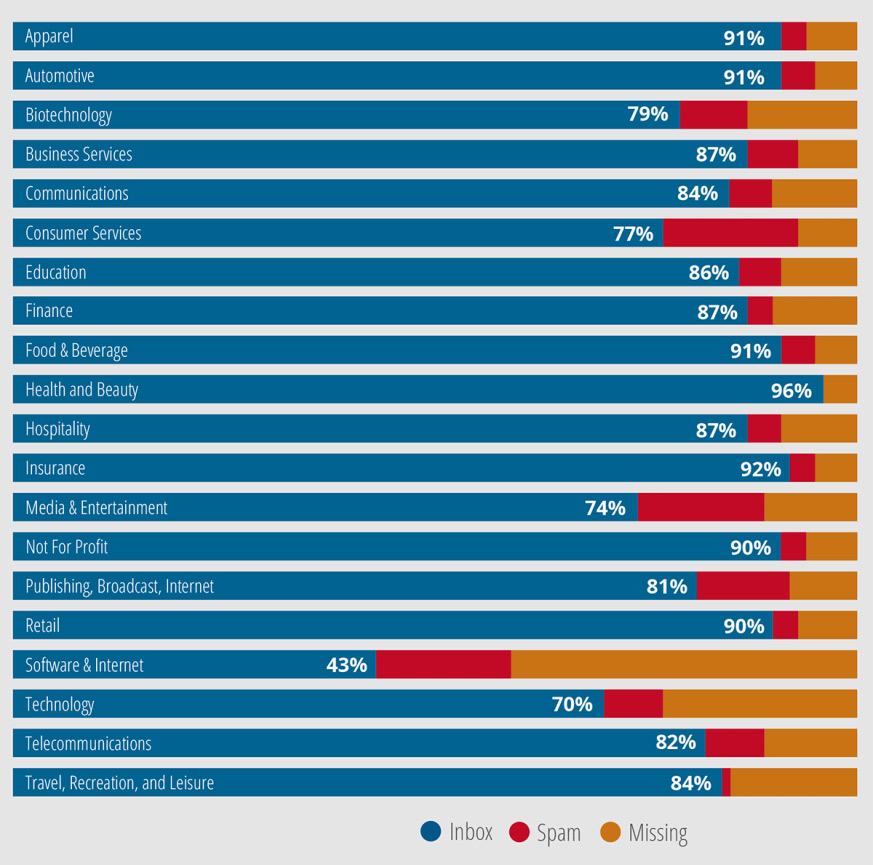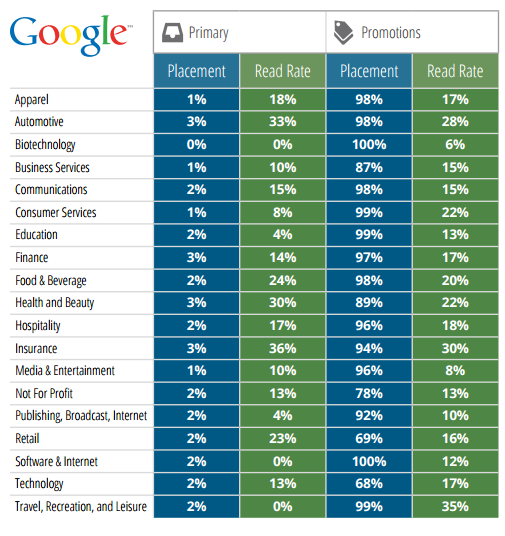Not just deliverability: Deliverability VS Inbox placement

We have talked in several articles about deliverabilityBut today we will clarify terms and look at some interesting benchmarking data. Literally, deliverability measures how many of our emails are "delivered", i.e. it leaves out bounced emails. However, this reading does not give us a true picture of what is happening with our email. In the past, when we have talked about deliverability, we have not only referred to "delivered" messages, but also to those that are delivered to the inbox. The English term that refers to this data is the "inbox placement. With this terminology, it is clearer that we are not only leaving out bounced emails from a mailing, but also those emails that have reached the SPAM folder.
And here comes the difficulty. Most ESPs do not provide us with information about those emails that go to the SPAM folder.but only give us the "delivery" data. Normally, we identify delivery problems when we detect a low opening compared to previous deliveries to the same or similar DBs, however, there are solutions such as Return Path o 250OK that allow us to identify the percentage of emails that end up in the spam folder. Of the latter, we leave you a infographics about the differences between deliverability and inbox placement, and what happens to an email when it reaches its recipient:

Return path also offers us their Inbox Placement Benchmark. In this report, they state that 6% of emails end up in the spam folder and they also include a very interesting sector comparison:

This report also looks at how the impact of the tabs introduced by Gmail in engagement. In this sense, it is advisable not to tell the user to move us to their main tab, as the results show that brands that have accepted Google's decision without further ado still reach their users effectively, while those who have become obsessed with reaching the main tray do not get as good results.

Could this be because the user has become accustomed to this layout and when visiting the promotions tab is more willing to receive and use the information offered? Could this be because the user is more willing to receive and use the information offered? transparency about the intentions of the email is beneficial to the brand? For an in-depth look at the findings of this Return Path report, download it here.